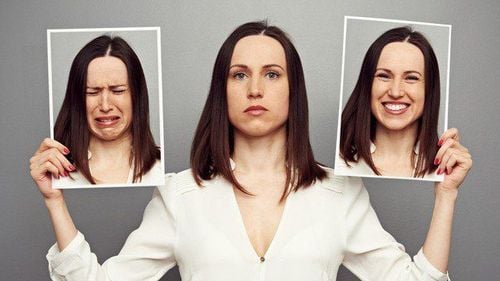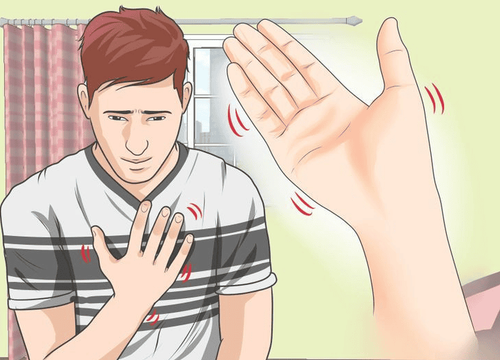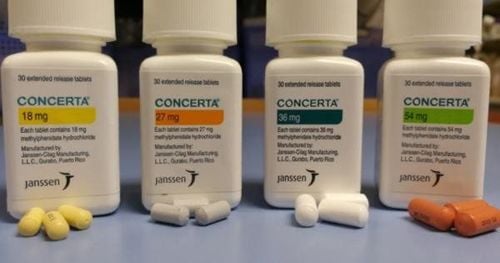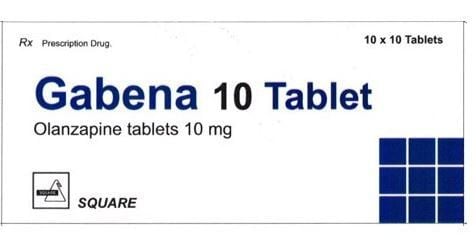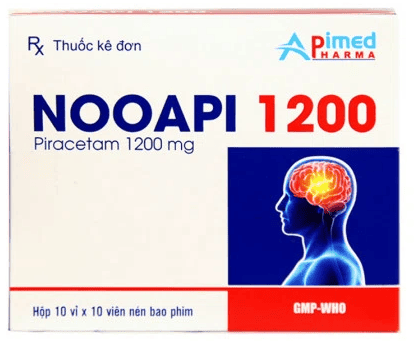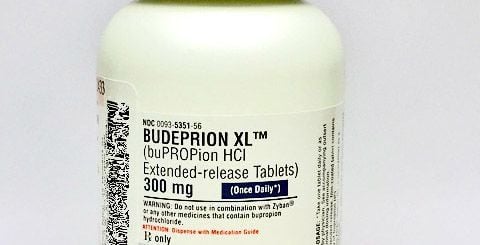This is an automatically translated article.
Bipolar disorder is a mental illness characterized by episodes of depression and mania. The cause of this disorder is still unknown. People with bipolar disorder find it difficult to lead a stable life due to frequent mood swings. There are 3 types of bipolar disorder, however, in this article only the content of bipolar II disorder is covered.
1. What is bipolar II disorder?
Bipolar II disorder is a form of mental illness, similar to bipolar I disorder, in which mood swings from highs and lows over time. However, in bipolar II disorder will increase in mood never reaching full mania. Mood surges (also called manic episodes, or manic episodes) are less intense than in bipolar II disorder.
People affected by bipolar II disorder will have at least one manic episode in their lifetime. Most people with bipolar II disorder have more depressive episodes. Between episodes of mania and depression, many people with bipolar II disorder lead normal lives.
Bipolar II disorder typically involves a depressive episode lasting at least two weeks and at least one hypomanic episode lasting about four days without a typical manic episode. This type of bipolar disorder is now estimated to be more common in women.
2. People at risk for bipolar II disorder
Almost anyone can develop bipolar II disorder. About 2.5% of the US population has some form of bipolar disorder, or nearly 6 million people.
Most people with bipolar II disorder are in their teens or early 20s when symptoms of bipolar disorder first begin. Nearly everyone with bipolar II disorder develops it before the age of 50. People who have a family member with bipolar have a higher risk than others.
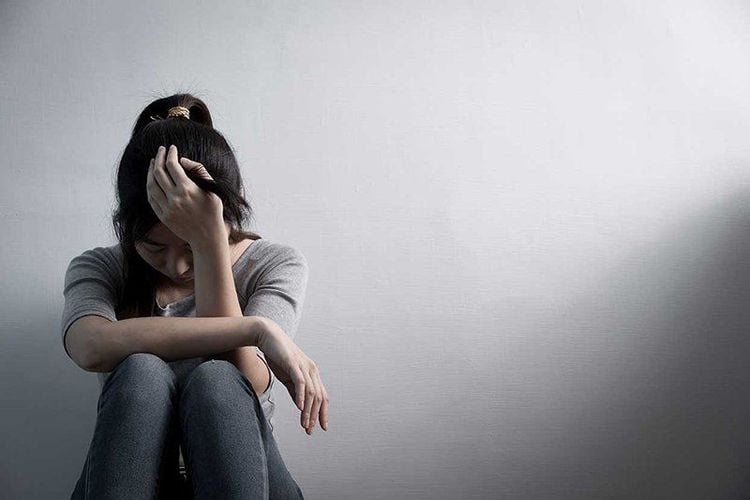
Bệnh lý rối loạn lưỡng cực II thường gặp ở độ tuổi thanh thiếu niên
3.Symptoms of Bipolar II Disorder
During a manic episode, an elevated mood can manifest as euphoria or irritability. Symptoms during a manic episode include:
Sudden change in ideas Overconfidence Rapid and loud voices Increased energy, hyperactivity and decreased need for sleep Usually, when around a person with a manic episode manic episodes will make us feel relatively comfortable because they always make jokes, care deeply about people and at the same time convey their positive mood to others.
However, bipolar II disorder can also lead to erratic and unhealthy behavior. Manic episodes can sometimes progress to complete madness affecting a person's ability to function, which is also common in bipolar I disorder. During a manic episode, the person may be able to function. spending money even when they don't have it, they may seek sex with people they wouldn't normally want and engage in impulsive behaviors with the potential for dangerous consequences.
The majority of people with bipolar II disorder experience more persistent depressive symptoms than manic symptoms. Depression can occur soon after the manic episode subsides. Some people go back and forth between manic and depressive states, while others have a normal mood that lasts between episodes. If left untreated, a manic episode can last from a few days to several months. Depressive episodes in bipolar II disorder are similar to those of regular clinical depression with the presentation of depressed mood, loss of pleasure, lack of energy, feelings of guilt or worthlessness, and thoughts of selfishness. death. The depressive symptoms of bipolar disorder can last for weeks, months, or even years.
4. Treatment of Bipolar II Disorder
People with bipolar II disorder often pretend to be constantly happy and optimistic. So, once mania does not cause maladaptive behaviors, the condition often goes unnoticed, and therefore untreated. This is in contrast to total mania, where theoretically the causes of problems with functioning require drug treatment and possibly hospitalization. People with bipolar II disorder may benefit from preventive medications that help calm their mood in the long run. These drugs work to prevent the negative consequences of euphoria as well as help prevent episodes of depression from visiting.4.1 The mood stabilizer Lithium (Eskalith, Lithobid) is a simple metal-based drug in pill form that is highly effective in managing mood swings in bipolar disorder. Lithium can take several weeks to work, making it more suitable for long-term treatment than acute hypomanic episodes. Lithium blood levels and other laboratory tests must be periodically monitored to avoid side effects when using the drug.
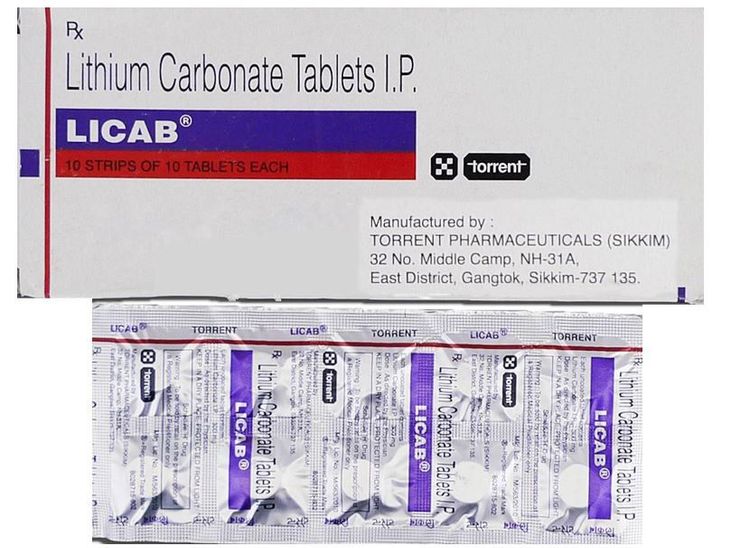
Thuốc định tâm trạng Lithium (Eskalith, Lithobid) được sử dụng trong điều trị rối loạn lưỡng cực II
Carbamazepine (Tegretol) is an anti-manic medication that's been used to treat mania since the 1970s. They can be used to treat bipolar depression or prevent high and low moods during future. Patients taking the drug need to have blood tests to monitor liver function and white blood cell counts while taking the drug. Lamotrigine (Lamictal) is an FDA-approved medication for the maintenance treatment of adults with bipolar disorder. They work to help delay episodes of depression, mania, and mixed episodes of depression and mania. Valproate (Depakote) is an antiepileptic drug that has a calming effect on the mood, gives lithium a faster onset of action, and can also be used to prevent mood highs and lows. Several other antiepileptic drugs, such as oxcarbazepine (Trileptal), are also sometimes prescribed as an experimental treatment for mood symptoms or related features in people with bipolar disorder.
4.2 Antipsychotics Usually manic episodes are not associated with psychosis and will not affect functioning. Antipsychotic drugs, such as aripiprazole (Abilify), asenapine (Saphris), cariprazine (Vraylar), quetiapine (Seroquel), olanzapine (Zyprexa), risperidone (Risperdal), and ziprasidone (Geodon), and others used in Antidepressant treatment is also used to treat depression in bipolar II disorder.
4.3 Benzodiazepines Benzodiazepines are a class of drugs that includes alprazolam (Xanax), diazepam (Valium), and lorazepam (Ativan) that are also used for the short-term control of acute symptoms associated with mania such as insomnia or agitation.
4.4 The antidepressants Seroquel and Seroquel XR are the only medications specifically approved by the FDA for the treatment of bipolar II depression. Common antidepressants such as fluoxetine (Prozac), paroxetine (Paxil), and sertraline (Zoloft) are also sometimes used in bipolar II depression and are thought to be less likely to cause or worsen mania compared with bipolar I disorder. Psychotherapy, such as cognitive behavioral therapy, may also be helpful because bipolar II disorder often has recurrent episodes that require ongoing treatment. continue to prevent recurrence.
5. Is Bipolar II Disorder Preventable?
The cause of bipolar disorder remains an unanswered question mark. Therefore, it is difficult to determine whether bipolar II disorder can be completely prevented.
However, we can reduce the risk of developing future episodes of mania or depression once bipolar disorder has developed through therapy sessions with a psychologist or social worker in conjunction with mood stabilizers. This combination will make patients less likely to be hospitalized and feel better. Psychotherapy can help people better recognize the warning signs of a developing relapse and can also ensure that prescription medications are used correctly.

Khi có dấu hiệu cảnh báo bệnh rối loạn lưỡng cực II, người bệnh nên gặp bác sĩ để được tư vấn kịp thời
6. How is bipolar II disorder different from other types of bipolar disorder?
People with bipolar I disorder experience total mania, which is a severe state accompanied by erratic behaviors. Manic symptoms lead to serious disruptions in life, causing major legal or personal problems.
In bipolar II disorder, the symptoms of high mood never reach full mania. Bipolar II disorder is a higher form of mild mood disorder. The depressive episodes of bipolar II disorder often last longer and can be even more severe than those of bipolar I. Therefore, we should not view bipolar II disorder simply as a form of depression. mild overall bipolar disorder.
It is best when you or a loved one shows signs of bipolar II disorder, or has prolonged depression, insomnia.... You need to see a doctor for timely intervention.
Currently, Vinmec Times City International General Hospital has a Psychological Health examination with the function of examining, consulting and outpatient treatment of psychological and mental health problems, including bipolar II disorder. The examination process here is always performed by a team of highly qualified doctors combined with modern equipment, which will bring the best treatment results to patients. From there, it helps to improve their disease condition, thought, behavior and ability to maintain confidence, maintain their relationship with family and society.
Please dial HOTLINE for more information or register for an appointment HERE. Download MyVinmec app to make appointments faster and to manage your bookings easily.
Reference source: webmd.com



